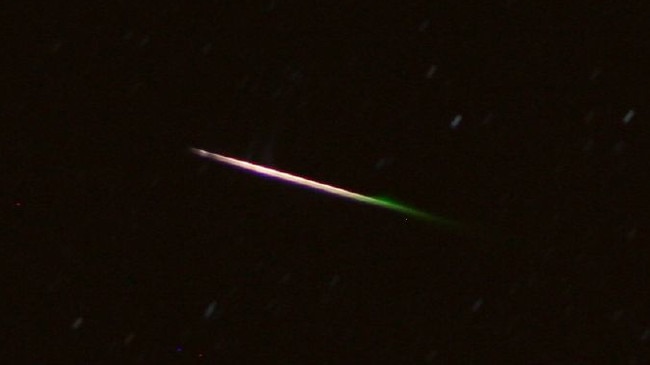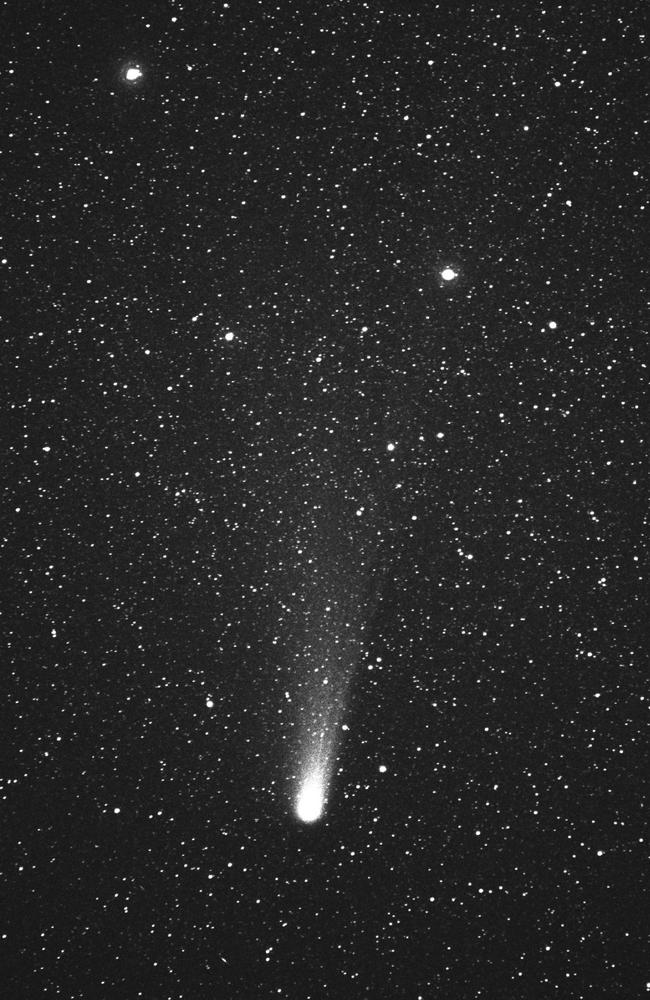How to watch Eta Aquariid meteor shower this weekend
Stargazers are in for a treat this weekend as the Eta Aquariid meteor shower is set to light up the night skies. Here’s everything you need to know to watch it.

Space
Don't miss out on the headlines from Space. Followed categories will be added to My News.
A cosmic light show will dazzle Australia this weekend, when the Eta Aquariid meteor shower streaks across the night sky.
Anyone in Australia – assuming they have clear weather – will be able to view the display on both Saturday and Sunday nights, with the first meteor visible from around 1.30am Saturday and increasing in frequency in the hours before sunrise.
Scientists say the meteor shower will be at its best on Saturday and Sunday mornings, but keen stargazers could still see it early next week (until May 10), and it will remain active until May 27.
Skywatchers, get out your telescopes! ðŸ”
— NASA Atmosphere (@NASAAtmosphere) May 5, 2022
Tonight and early tomorrow more is the eta Aquariid meteor shower, which is caused by the annual encounter with debris from Halley’s comet. ☄ï¸
Learn more: https://t.co/PAbBtc6Fd1pic.twitter.com/kdmPwbyefL
According to NASA, the Eta Aquariids, named after the Aquarius constellation, are the cosmic crumbs of legendary Halley’s comet, which is visible from Earth every 76 years. (It last appeared in 1986 and is next expected in 2061.)
The Aquariids are composed of tiny bits of ice and rock that crumbled from Halley hundreds of years ago.
When the comet pieces collide with Earth’s atmosphere, the friction raises them to white heat and produces the ‘shooting star’ effect.
It is one of two meteor showers produced from the debris of Halley’s comet, with the Orionid shower to follow in October.

The Eta Aquariids are known for their speed – which, NASA says, can reach almost 240,000km/h – and the long and extremely bright trails that will stay in the sky long after they pass.
Stargazers could see between 20 and 50 meteors per hour at the shower’s peak; and, NASA says, with the shower reaching its highest point over the southern hemisphere, Australians will have some of the best views in the world.
However, weather could put a dampener on the show, so keep your eyes peeled on rain radars, and keep your fingers crossed (especially the star kids of Brisbane, Melbourne and Adelaide) that the rain stays away and you only get showers of the celestial kind.
Originally published as How to watch Eta Aquariid meteor shower this weekend




